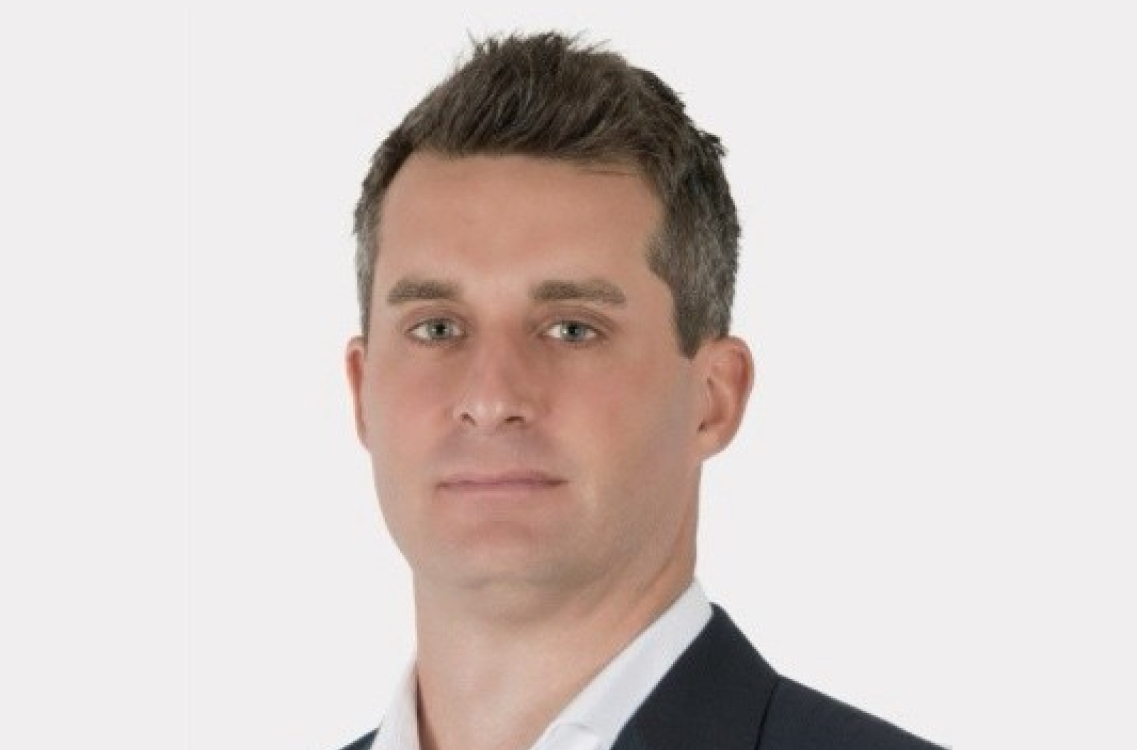HP Inc. Moves 30 Percent Of Direct Accounts To Partners, Doubles Down On Channel In Services-Led Era
Originally by Steven Burke on February 25, 2016 on crn.com
HP Inc. is moving 30 percent of its direct accounts — about 1,500 customers — to its partners as part of stepped-up channel offensive in the services-led era.
“I came from the channel and I firmly believe it is the most efficient way for us to go to market,” said HP Inc. CEO Dion Weisler in an interview with CRN, speaking about the new sales coverage plan. “From my perspective, they are just going to do a better job in servicing those customers than what we could do. They will add additional value.”
The change comes with HP Inc., which does 85 percent of its $55 billion in annual sales through partners, ratcheting up the already tight ties between its direct sales force and partners in the as-a-service era, said Jos Brenkel, head of global sales strategy and operations for HP Inc.
“We are cranking up the channel,” said Brenkel. “What this means is the channel has an opportunity to sell more services and value add to these accounts as we move from transactional to contractual relationships. The channel value becomes even bigger to these customers as we integrate device-as-a-service offerings with hardware, services and financing.”
HP is throwing out the window the old direct-indirect account mentality with a realization that even the biggest direct accounts have valuable channel relationships, said Brenkel. “There is no such thing as a pure direct account,” he said. “We are no longer talking about direct-indirect. We are talking about collaborating with partners to fulfill customer needs. Every account we have does a percentage of business — whether it is 10, 20 or 30 percent — that goes through channel.”
The new sales coverage model is aimed at maximizing sales coverage and operational costs as HP Inc. charts a new era of PC and printer sales growth. “We are using our biggest asset the channel to optimize our cost and coverage,” said Brenkel. “The message to partners is, sell more HP products and services.”
Brenkel said the changes to the account model will “take time” as HP Inc. sets up meetings with customers to “talk to them about the benefits of using channel partners” in a collaborative relationship with HP Inc. He sees channel sales reps spending more time with the accounts, driving an end-to-end HP Inc. sales offering.
Kris Rogers, senior vice president of partner and product management at PCM, a $1.5 billion El Segundo, Calif.-based solution provider, said she sees the account coverage change as just another sign of HP Inc.’s already robust channel commitment.
“This is really good news,” said Rogers. “HP has always set the channel bar high. This is once again putting their money where their mouth is: turning over a bunch of customers to the channel. This says they believe in the channel so much, they are turning over accounts, because they think the channel can do a better job from a reach, account management and selling the full portfolio perspective.”
Rogers said the change is yet another sign of the strong leadership of HP Inc. CEO Weisler. “I have been a Dion fan right from the get-go,” she said.
[highlight type=”one”]Bob Venero, CEO of Holbrook, N.Y.-based solution provider Future Tech, No. 232 on the CRN 2015 Solution Provider 500, said he hopes the account coverage change is the first step in a move to drive even more large global accounts to channel partners. “If HP can continue down this path beyond the 1,500 accounts, and align global direct accounts properly with the channel, it could drive substantial partner commitment and loyalty, leading to big HP sales growth,” he said.[/highlight]
[highlight type=”one”]Venero said the device and managed print services offerings sold as multiyear contracts are made for channel partners. “That business is ripe for the channel, which has the wherewithal to support that kind of model,” he said. “Customers are looking to get away from the capex model and move to opex. Everywhere we go, customers are talking about utility compute models, whether it is PC-as-a-service, compute-as-a-service, data center-as-a-service. It is absolutely a paradigm shift that is going to continue to grow over the next three to five years.”[/highlight]
